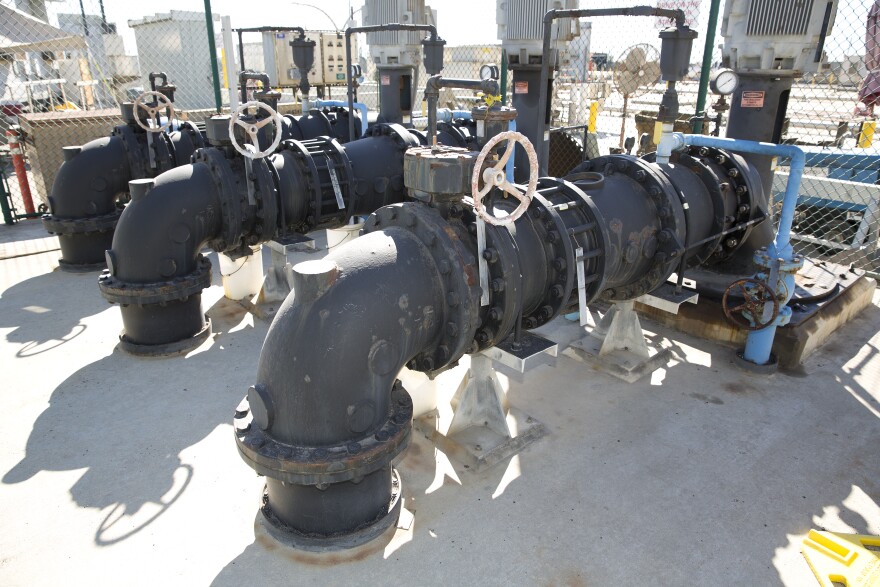With our free press under threat and federal funding for public media gone, your support matters more than ever. Help keep the LAist newsroom strong, become a monthly member or increase your support today.
El Niño: FEMA says key infrastructure at risk from coastal flooding

Nearly 200,000 people and $40 billion in property is at risk from coastal flooding and heavy rainfall because of the El Niño climate pattern this winter, according to a Federal Emergency Management Agency report released Wednesday.
The report was created to inform state and local agencies of the risks of weather-related emergencies and to outline a process for them to prepare for and handle those emergencies if they arise.
State Office of Emergency Services Director Mark Ghilarducci said the hazards included: "Small stream flooding, localized flooding, we could see landslides, extensive coastal flooding particularly if we get storms coming in with the storm surge."
El Niño's warmer ocean temperatures cause the volume of water to expand, actually raising the sea level by as much as one foot. In a high tide and storm surge, vital public structures up and down the California coastline could be vulnerable.
According to computer models that analyze low-lying and coastal areas of the state, the report estimates El Niño rains could, in theory, put 13 wastewater plants, 17 hospitals , 38 schools, nine power plants and two public airports at risk of coastal flooding.
West Basin Municipal Water District runs a wastewater treatment plant in El Segundo near the ocean.
"We're worried about handling the heavy rains," said district spokesman Ron Wildermuth. The plant's workers are clearing drains, covering electrical equipment and sandbagging.
Local ports have been preparing for rough weather, making sure that piers are clear of pollutants that could wash into the ocean by heavy seas and objects that could become hazardous in the water, said Port of Long Beach spokesman Lee Peterson.
Higher sea levels and storm surges could also make things dicey for the large cargo ships that tie up at local ports. The ships and their handlers are used to tidal changes, but a storm surge could cause ships and piers to collide, doing expensive damage to both, Peterson said.








